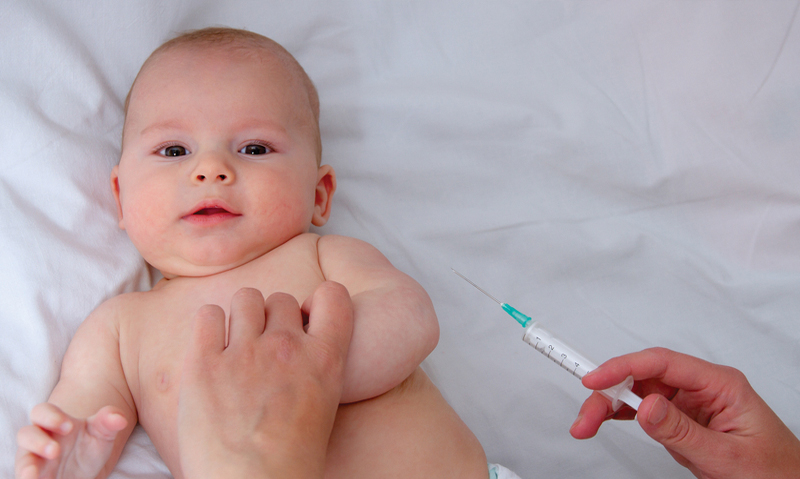THE 18-month acellular pertussis booster should be reintroduced to the National Immunisation Program vaccination schedule, say infectious disease epidemiologists.
A study from Queensland, published in the MJA, showed the current regimen of giving acellular pertussis vaccine at 2, 4 and 6 months of age (with boosters at age 4 years and 10–15 years), was highly effective in the first 4 years, but protection then waned, replicating US results. (1)
The results prompted Professor Heath Kelly, head of epidemiology at the Victorian Infectious Diseases Reference Laboratory and adjunct professor in epidemiology at Australian National University, to call for action on the booster shot.
Professor Kelly told MJA InSight that “we need to think about what to do about it”.
“We have enough research now and I think a decision has to be made”, he said. “The question is where in the schedule to put the booster. The timing is up for grabs and research suggests an earlier booster is [better].”
The 18-month booster was removed from the National Immunisation Program (NIP) schedule in 2003 in favour of a booster for adolescents, partly because it was hoped that decreasing the number of doses in the schedule would be more acceptable, thereby increasing coverage.
Professor Tony Basten, co-chair of the Australian Academy of Science’s working group on vaccination and conjoint professor at the Garvan Institute of Medical Research, said the waning effectiveness of the vaccine had not been initially predicted.
“That is why the 18-month booster was removed. Clearly that was a mistake”, Professor Basten said.
The MJA research estimated acellular pertussis vaccination effectiveness (VE) using notification, hospitalisation and testing data for Queensland children aged from 1 year to less than 12 years in 2009 and 2010.
“The primary course of acellular pertussis vaccine was highly effective in protecting children aged 1 to <4 years … during the epidemic years of 2009 and 2010”, the researchers wrote.
“However … protection waned with increasing age following receipt of the 4-year booster.”
In an accompanying editorial, Professor Peter McIntyre, director of the National Centre for Immunisation Research and Surveillance, and Professor Terry Nolan, head of the School of Population and Global Health at the University of Melbourne, wrote that current research on live attenuated vaccines, and the potential for acellular vaccines with improved adjuvants and less reactogenic whole-cell vaccines, held promise for the future, but all were some years away. (2)
They suggested that in the meantime women in the late stages of pregnancy should also receive the pertussis vaccine.
“Immunising mothers during the last 8 weeks of pregnancy with adult-formulated acellular pertussis vaccine could prevent early infant mortality and morbidity”, they wrote.
“Reinstalling the 18-month booster in the NIP could improve control in early childhood, if cost-effectiveness criteria can be met.”
Both Professor Kelly and Professor Basten emphasised that the 2008–2012 “mini-epidemic” of pertussis in Queensland had been amplified by increased rates of screening by GPs.
“This epidemic has been bad but [it was amplified] by increased sensitivity and use of polymerase chain reaction (PCR) testing”, Professor Kelly said. “We’re finding more disease [that was already there] and that’s an important observation to make.”
The Queensland research was a positive outcome, he said.
“We have a goodish vaccine that we should use. We’re comfortable with acellular rather than whole-cell vaccine, [and we’ve found that] when it’s given is really important.
“The vaccine is less reactogenic [than whole-cell vaccine] and therefore we have higher coverage; it’s very useful early in terms of the protection it provides; and there are smart people working on making it better.
“This is a very good news story.”

 more_vert
more_vert
I am aware of a live attenuated vaccine that when given through the nose as a drop has yielded very promising results. I have read this in newspapers. This team is currently in WA. It is about time that the Federal Government via one of its schemes poured in some cash to get this vaccine finalised as quickly as possible.